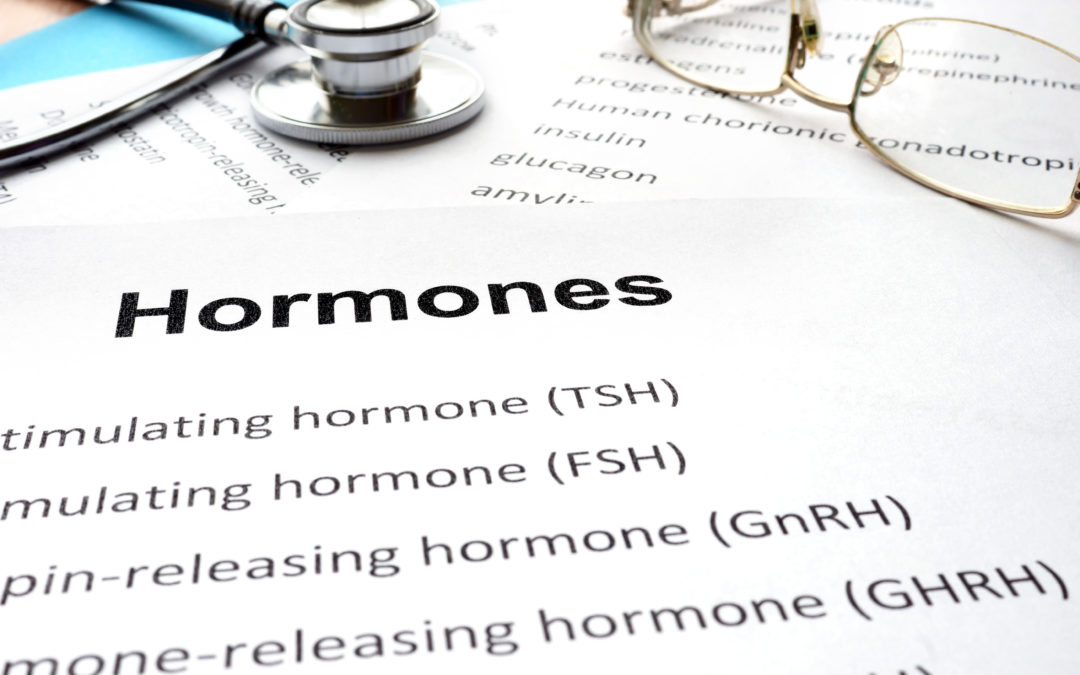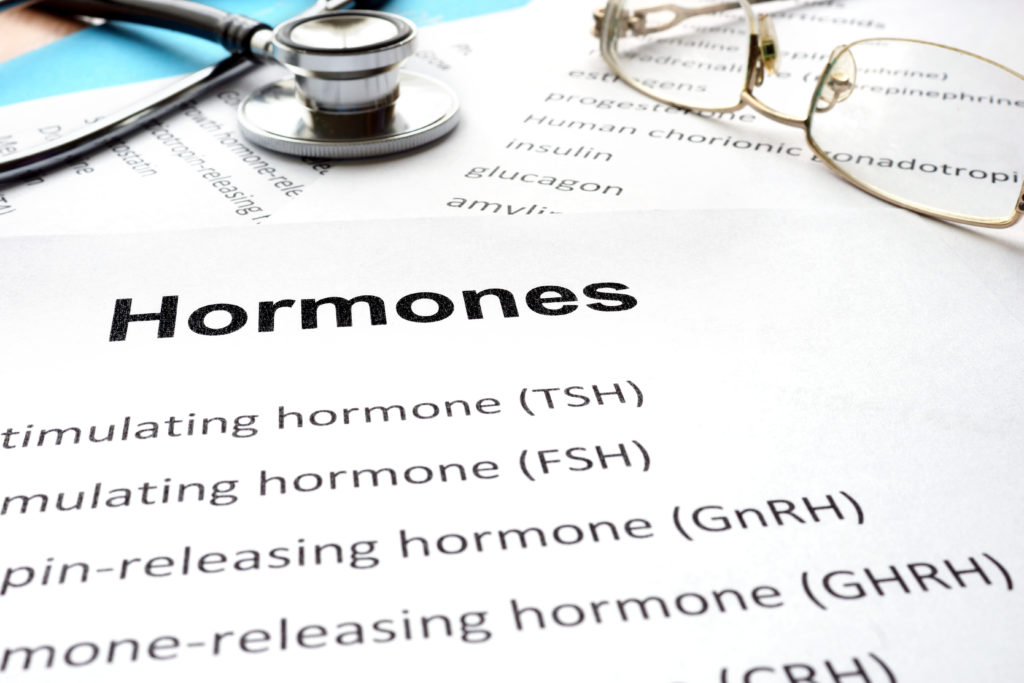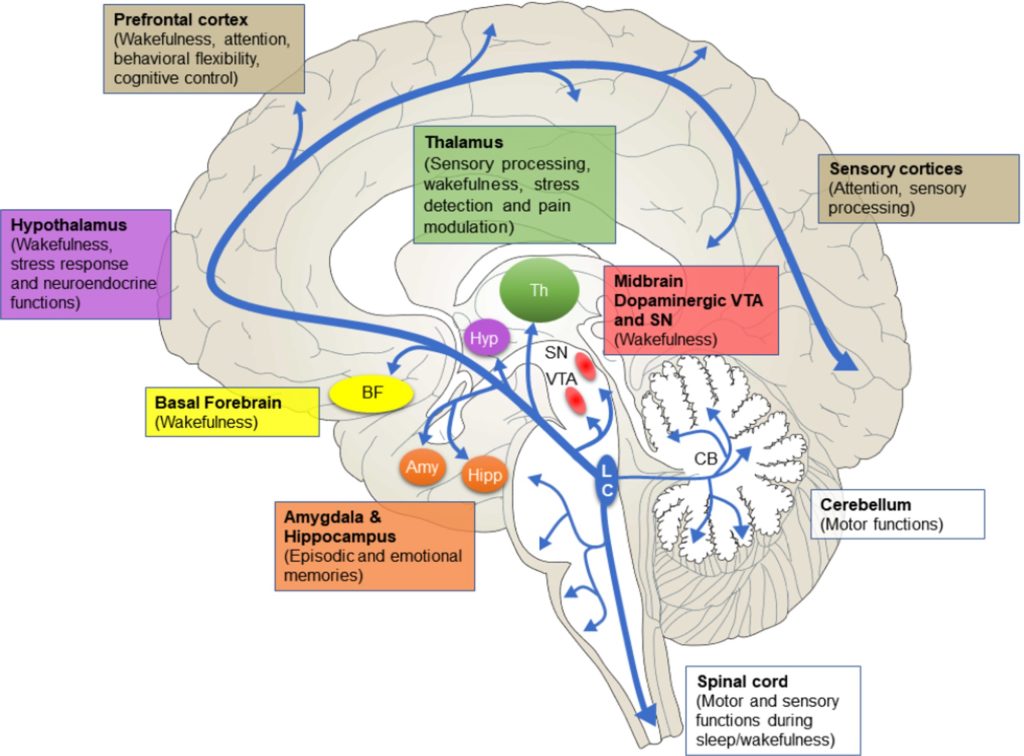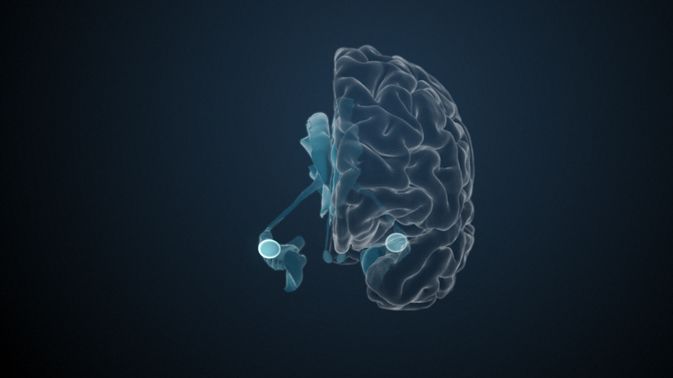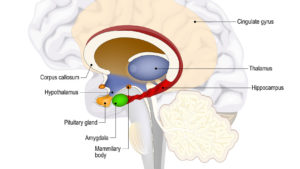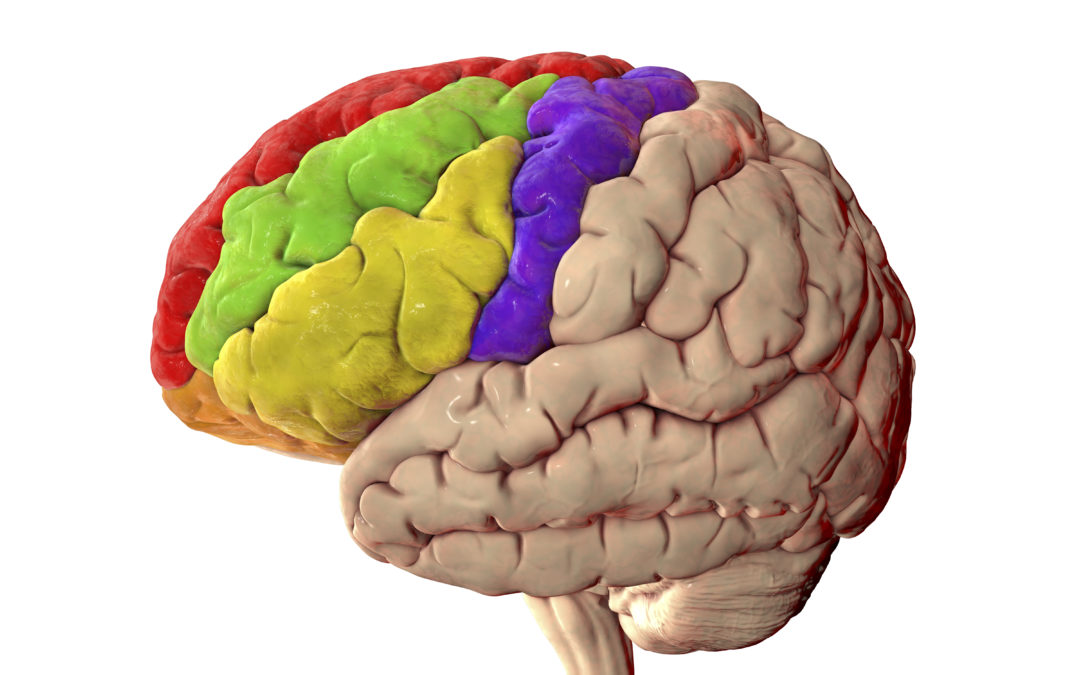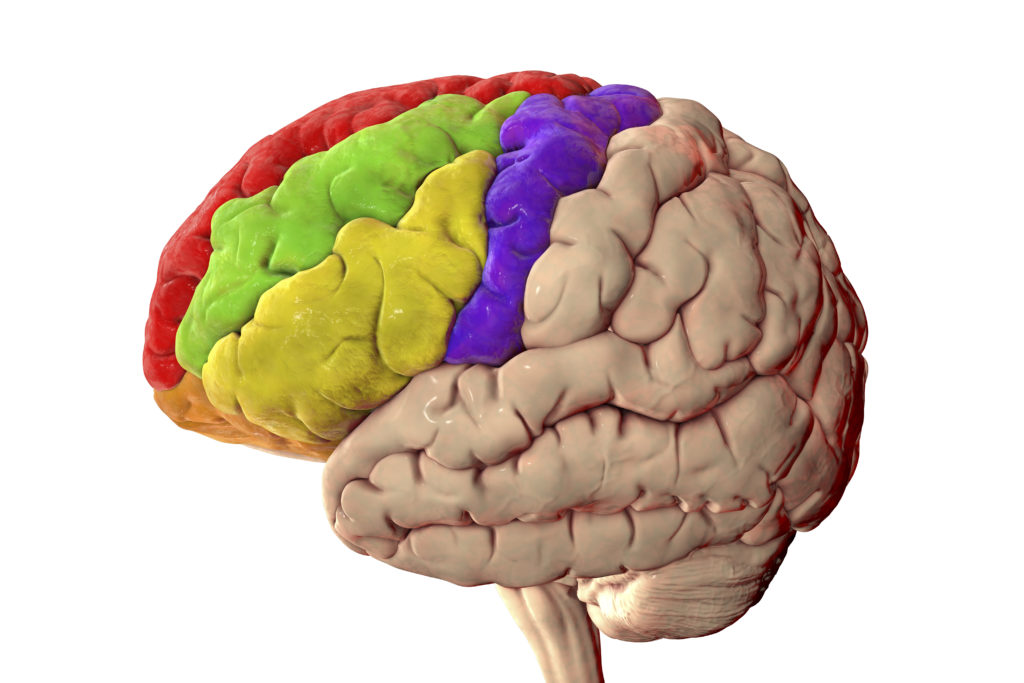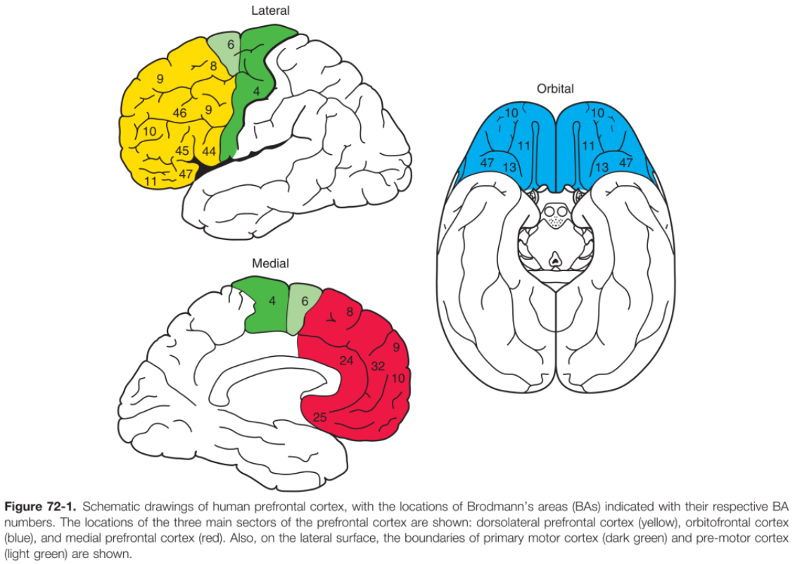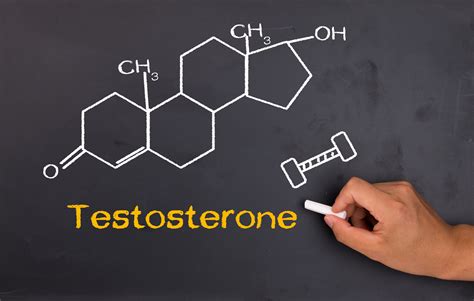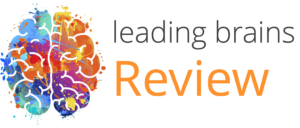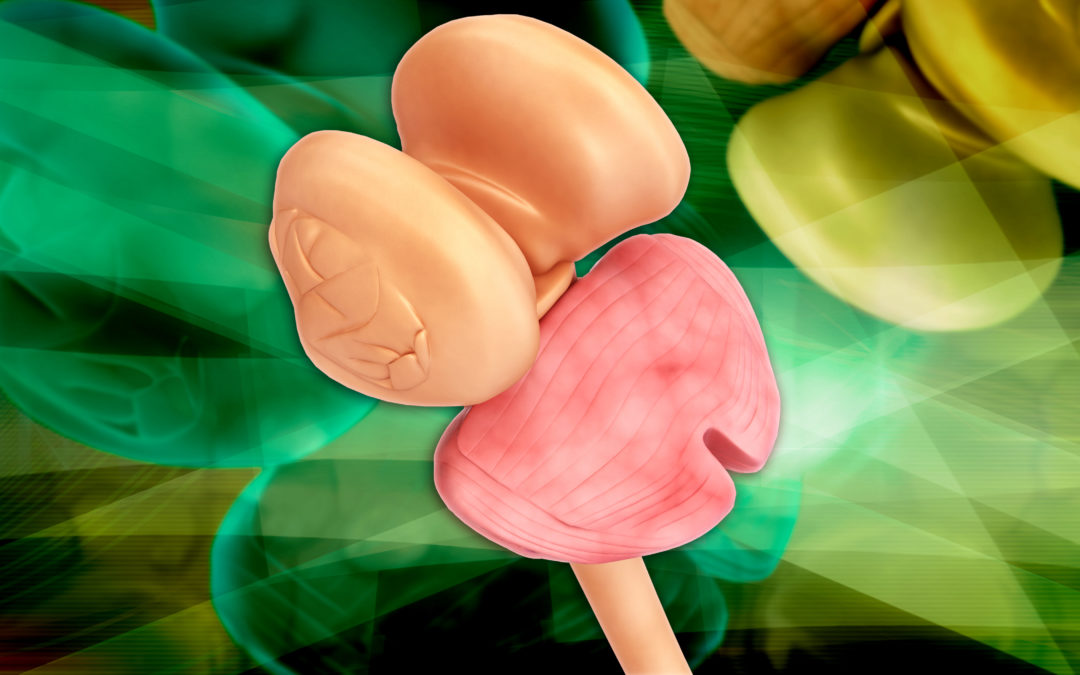
Thalamus
A Central Switch for Everything
The Thalamus is one of those brain areas that crops up in everything – it is considered a central relay station for the brain and therefore is critical to everything we do and think.
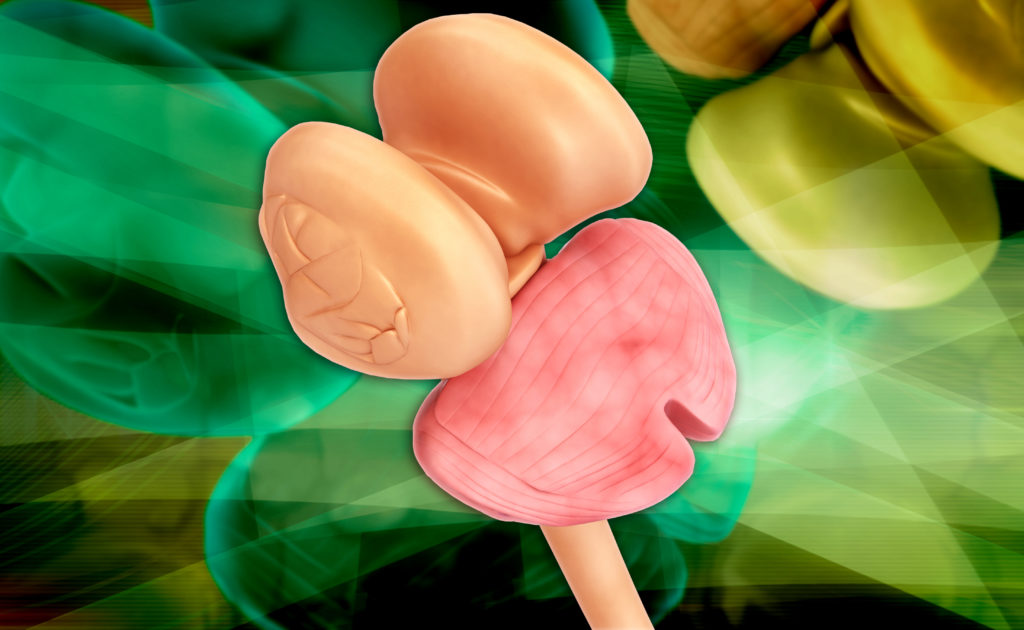
The thalamus is quite unusual in that it is a large brain area at least in surface because it surrounds one of the ventricles in the brain. You often hear about ventricles in passing, and they would, and will, be worth a review at another time. The ventricles are cavities in the brain filled with brain, or spinal fluid, and essential therefore to brain function – but not having a function, such as passing electrical signals, are therefore only studied by neurologists in any detail. Anyhow the thalamus sits at the top of the brain stem and surrounds the third ventricle and sits at a crucial junction.
It’s first and foremost function seems to be like a junction, an electrical relay station connecting the brains sensory and motor signals to the brain and body. The thalamus is therefore a highly connected brain region and has direct connections to sensory regions, excepting the olfactory region (and interesting observation and may be why the sense of smell is, actually, and amazingly, the fastest sense of all.
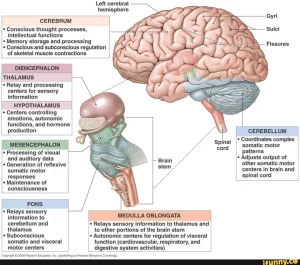
But it doesn’t just do sensory and motor control it also connects to associative parts of the brain and limbic centres so in effect function as a central station for majority of cognitive functions. These are:
- Reticular and intralaminar nuclei dealing with arousal and pain regulation
- Sensory nuclei regulating all sensory domains except olfaction
- Effector nuclei governing motor language function
- Associative nuclei connoting cognitive functions
- Limbic nuclei encompassing mood and motivation
Given that the thalamus is involved in so much it is almost strange that it does not get more press. The amygdalae have become superstars because of their role in fear and emotion processing.
Even more so when we consider that, as we mentioned above, the thalamus is involved in pain and arousal, pretty important functions, but also wakefulness and alertness.
In fact, the thalamo-cortico-thalamic circuits are though to be heavily involved in consciousness itself – it must be – after all the integration of sensory input into the cerebrum goes directly through the thalamus. Maybe its function is too diffuse and too non-specific to be a clear centre for anything spectacular – those parts of the brain which have clear functions seem to attract more attention and research. But we do also know that damage to the thalamus gives significant risk of coma.
So, it remains that the thalamus is one of the critical brain areas through which just about everything in the brain passes for processing – so we should probably be a bit more thankful for it than we are!
References
Habas, C., Manto, M., and Cabaraux, P. (2019). The Cerebellar Thalamus. Cerebellum 18. doi:10.1007/s12311-019-01019-3.
Haber, S. N., and Calzavara, R. (2009). The cortico-basal ganglia integrative network: The role of the thalamus. Brain Res. Bull. 78, 69–74.
Hwang, K., Bertolero, M. A., Liu, W. B., and D’Esposito, M. (2017). The human thalamus is an integrative hub for functional brain networks. J. Neurosci. 37. doi:10.1523/JNEUROSCI.0067-17.2017.
Redinbaugh, M. J., Phillips, J. M., Kambi, N. A., Mohanta, S., Andryk, S., Dooley, G. L., et al. (2020). Thalamus Modulates Consciousness via Layer-Specific Control of Cortex. Neuron 106. doi:10.1016/j.neuron.2020.01.005.
Wolff, M., and Vann, S. D. (2019). The cognitive thalamus as a gateway to mental representations. J. Neurosci. 39. doi:10.1523/JNEUROSCI.0479-18.2018.
Yen, C. T., and Lu, P. L. (2013). Thalamus and pain. Acta Anaesthesiol. Taiwanica 51. doi:10.1016/j.aat.2013.06.011.

